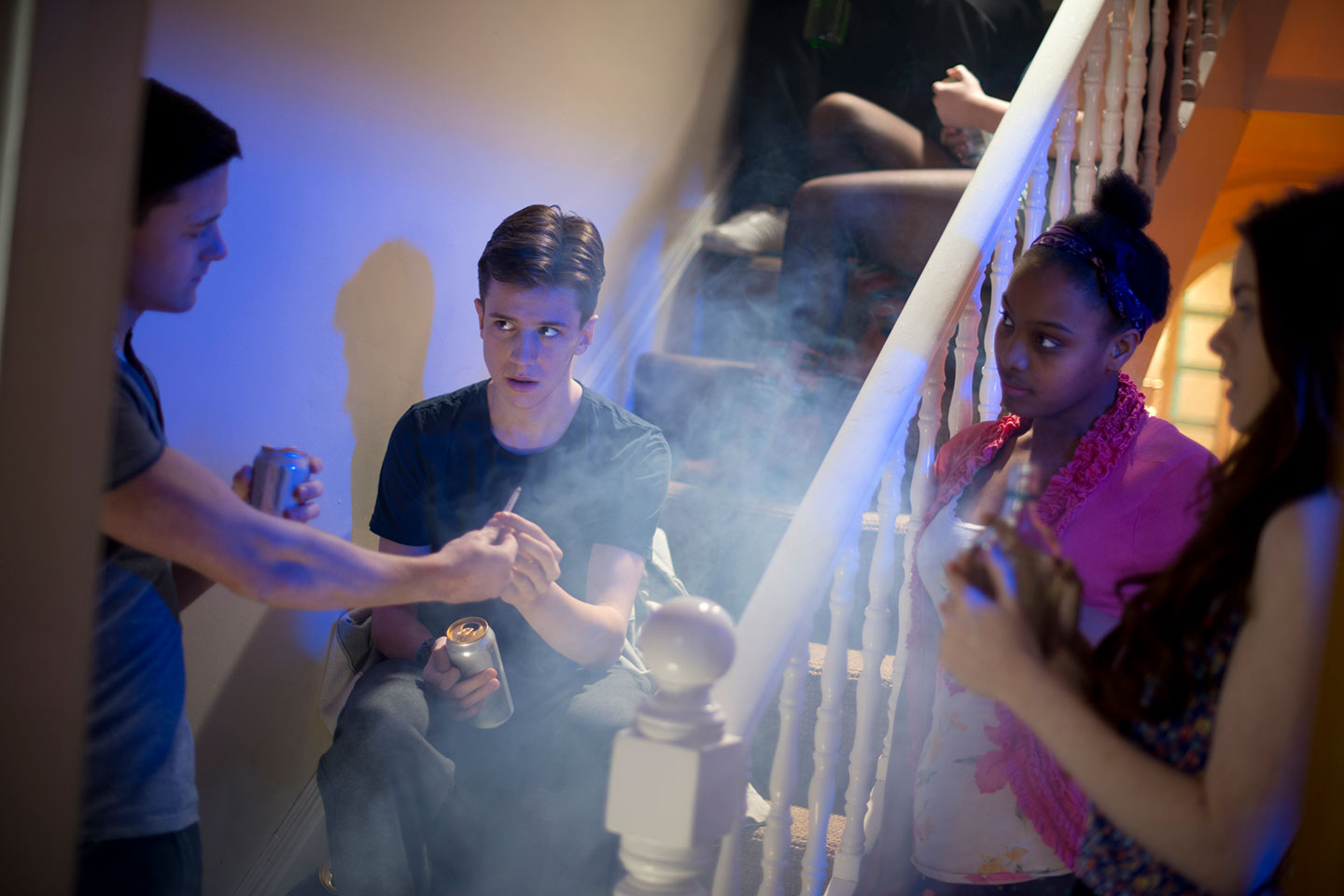Academic research can be tricky to understand and quite frankly, inaccessible if you haven’t received training in research and academia. So, we’re breaking down a particularly interesting piece of research that came out recently to make sure that as we’re learning, so are others:
Childhood social environmental and behavioural predictors of early adolescent-onset cannabis use
Scholes‐Balog, K.E., Hemphill, S.A., Heerde, J.A., Toumbourou, J.W. and Patton, G.C. (2020), Childhood social environmental and behavioural predictors of early adolescent onset cannabis use. Drug Alcohol Rev.
People start or try smoking cannabis for many different reasons. Often, we aren’t entirely sure why we start, why we started when we did, or how our patterns of use may change from how we’re using now to how we may use in the future. The relationship each person has with cannabis is unique and isn’t easily reduced into factors or reasons that are true for everyone.
From a societal lens, it is possible to learn more about what predisposes individuals to start using cannabis early in life by looking at large groups of people. The study I’ll be talking about here followed around 800 Australian youth between the ages of 12 and 19. The researchers were interested in what factors made individuals more or less likely to use cannabis in their teenage years.
They found that a variety of factors predisposed certain youth to engage in cannabis use during their early teenage years. It may be surprising, but many of these factors are more social than individual, like social norms that are favourable to drug use (for example, if the people close to you seem to think using cannabis is acceptable, or is not a big deal) and how available youth thought cannabis was (perceived availability). The authors referred to these as some environmental factors that predicted cannabis use. The strongest association they found was the early use of cigarettes (ages 12-15) and drinking until drunk, which was strongly associated with early cannabis use. This suggests that willingness or desire to use substances other than cannabis might be linked to youth being more likely to consume.
Social norms aren’t the only factor that might influence our decision to smoke. Family dynamics play a critical role, too! Youth who felt more attached to and rewarded for prosocial engagements (being involved with others) by parents were less likely to smoke cannabis in their teens. You might wonder what attachment and rewards have to do with using cannabis. In fact, it might not be these two things specifically that are important, but rather what they signal: good and supportive family relationships. In other words, these findings suggest that teenagers who felt closer to their parents were less likely to use cannabis. The researchers found that other things relating to family dynamics were important too. Factors like poor family management, conflict between family members, and parental antisocial behaviour (avoiding social interaction) all predicted teen cannabis use. This is important to remember because it frames the use of each person within their home conditions. Our families and home conditions are important in helping shape who we are: our attitudes, behaviours, and identities all stem from how we are brought up.
What does this mean for us? Well, for starters, the study looks at many factors related to an individual’s well-being and circumstances. The conditions in someone’s life that may lead to them using cannabis in their early teens are complex – it’s not just a random decision that happens out of the blue. It’s important for us to think about what kinds of factors we are in control of as youth, and what may be outside of our control, like social conditions and family circumstances. One thing that is certainly under our control is developing skills to turn down alcohol and cigarettes if we don’t want to use them, which might also help us make decisions to use substances less often, or delay the use until later in life. Another thing is that we can challenge stereotypes that might exist in our social circles about how much or how many people really smoke in their early teens (it might be less than you think!*) and make sure that we’re focusing on what works best for us if we decide to start smoking.
Everyone chooses to use or not use cannabis for many different reasons. Some of these reasons are individual of course, but others are social and might be difficult to recognize, but are certainly still impactful. Hopefully this blog post can help us reflect on the reasons we choose to consume or not consume cannabis, and what might influence these reasonings. Leif approached some of these questions in his What Would My Life Look Like Without Cannabis reflective piece on our site, check it out!
*Statistics Canada. June 19, 2019. Analysis of trends in the prevalence of cannabis use and related metrics in Canada. Health Reports. https://www.doi.org/10.25318/82-003-x201900600001-eng
Armaan Fallahi



